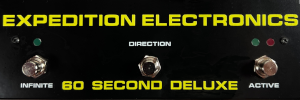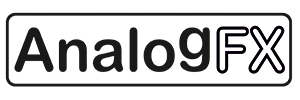Showing posts with label Beat707. Show all posts
Showing posts with label Beat707. Show all posts
Saturday, November 04, 2017
Beat707 MPU - MIDI Processing Unit
Published on Nov 4, 2017 William Kalfelz
"The two MIDI project I was working on got merged into a single product. The Beat707 MPU, MIDI Processing Unit. Check the GitHub page below for details.
http://www.Beat707.com
https://github.com/Beat707/Beat707-MPU
Don't forget to comment on the project so we can have new ideas of what types of Modes we should include. Also, visit the site on the top link and PreOrder the boards to help us out."
Saturday, October 28, 2017
Beat707 Announces Two New MIDI Projects
via Beat707 where you'll find pre-order links:
"Presenting two great projects that I'm currently working on. I don't have pictures or videos yet as I'm still doing the prototypes. But please, read the complete description and PreOrder when possible to help me out getting the PCBs done as soon as possible. All projects will be Open-Source and Arduino Compatible.
------------------------------------
Beat707 MKeyS
MIDI Key Switching
A Small unit that allows you to select a Key and only when that key is pressed all other keys will be sent to that unit. So you can have multiple units, each to a MIDI Destination Device, and from your Master MIDI Keyboard, use the bottom octave keys to select the target destination.
To select the options you have a simple system on the board. A button and a LED allows you to set the key-range for the keys selection. And the Unit's key number.
Hardware: a very small board with MIDI Input (female) and Output (male) small cables, powered from MIDI (no external power required, but a header for that is added in case you have problems with that). We use the ATtiny85 IC (8 pins DIP) since it is low power. The MIDI cables are soldered directly to the board. Making this a pass cable that you just put between your units.
Usage: to setup the unit you just press the button and wait for the LED to flash. Now you can select which octave you will use. Quick press selects, long press goes to the next option. Now you set how many keys you want to use. The next option is the current Unit key number. Next the LED flashes again and the information is saved. Holding the button just shows the information in the same order, with flashes between each option.
What it can do: let's say you have 4 MIDI Sound Modules. For each you add this in the MIDI cable that goes from the Master Keyboard to each unit. Usually you have a cable from the Master Keyboard to the 1s Sound Module, and from that, using the MIDI Thru, you conect to the second module and so on. Now, on all units set octave to 3 and number of keys to 4. And on unit 1 you set key to 0, and unit 2 to 1, and so on. Now on your master keyboard you can press those keys on the bottom octave and them MIDI data will only be sent to the key selected unit, and output to the Sound Module connected there.
Some ideas took from the module below: key press or while key holding (possibly more options).
------------------------------------
Beat707 MPBox
MIDI Processing Box
A small module that allows you to process MIDI data in several ways. A couple of buttons and LEDs allows you to select the mode and options. The software, them, does the rest.
The hardware is simple but effective: MIDI Input and Output Connectors (female), ATmega328, USB 5V+ Power Input, 2 buttons and 2 LEDs.
Possible Modes:
1) Key to Channel Switching. Just like the above unit, but here we just change the MIDI Channel number for a key press. This is great for keyboards that has weird ways of changing the channel number. Resuming: you press the lowest key on the bottom octave of your Master Keyboard and that selects MIDI Channel 1. The next key would be Channel 2, and so on. With options as on press or while holding (possibly more options).
2) ARP, with several pre-programed options.
3) Chords. The hability to create instant chords from single key presses.
4) Mellody. You hold several keys at the bottom octave, and the upper zone white-keys will follow those keys.
5) Key Latch. Does just that. With the option of a bottom key to release it all, or low-velocity press.
6) Key Transpose and Octave Transpose using the bottom octave keys. But fixed values can be setup too.
Just give me some more ideas and I will do the code. ;-)
The software can hold multiple modes, as there's no lag on adding that. And the board can be very small to really set a mode once and forget about it. We will supply detailed information on how to set modes and options. The interface is simple so this is not an unit that you will be messing around live.
BUT, here's an idea for LIVE usage. Setup different modes to different MIDI Channels. EG: CH 1 uses the ARP, CH 2 uses Chords, CH 3 uses Key Transpose."
"Presenting two great projects that I'm currently working on. I don't have pictures or videos yet as I'm still doing the prototypes. But please, read the complete description and PreOrder when possible to help me out getting the PCBs done as soon as possible. All projects will be Open-Source and Arduino Compatible.
------------------------------------
Beat707 MKeyS
MIDI Key Switching
A Small unit that allows you to select a Key and only when that key is pressed all other keys will be sent to that unit. So you can have multiple units, each to a MIDI Destination Device, and from your Master MIDI Keyboard, use the bottom octave keys to select the target destination.
To select the options you have a simple system on the board. A button and a LED allows you to set the key-range for the keys selection. And the Unit's key number.
Hardware: a very small board with MIDI Input (female) and Output (male) small cables, powered from MIDI (no external power required, but a header for that is added in case you have problems with that). We use the ATtiny85 IC (8 pins DIP) since it is low power. The MIDI cables are soldered directly to the board. Making this a pass cable that you just put between your units.
Usage: to setup the unit you just press the button and wait for the LED to flash. Now you can select which octave you will use. Quick press selects, long press goes to the next option. Now you set how many keys you want to use. The next option is the current Unit key number. Next the LED flashes again and the information is saved. Holding the button just shows the information in the same order, with flashes between each option.
What it can do: let's say you have 4 MIDI Sound Modules. For each you add this in the MIDI cable that goes from the Master Keyboard to each unit. Usually you have a cable from the Master Keyboard to the 1s Sound Module, and from that, using the MIDI Thru, you conect to the second module and so on. Now, on all units set octave to 3 and number of keys to 4. And on unit 1 you set key to 0, and unit 2 to 1, and so on. Now on your master keyboard you can press those keys on the bottom octave and them MIDI data will only be sent to the key selected unit, and output to the Sound Module connected there.
Some ideas took from the module below: key press or while key holding (possibly more options).
------------------------------------
Beat707 MPBox
MIDI Processing Box
A small module that allows you to process MIDI data in several ways. A couple of buttons and LEDs allows you to select the mode and options. The software, them, does the rest.
The hardware is simple but effective: MIDI Input and Output Connectors (female), ATmega328, USB 5V+ Power Input, 2 buttons and 2 LEDs.
Possible Modes:
1) Key to Channel Switching. Just like the above unit, but here we just change the MIDI Channel number for a key press. This is great for keyboards that has weird ways of changing the channel number. Resuming: you press the lowest key on the bottom octave of your Master Keyboard and that selects MIDI Channel 1. The next key would be Channel 2, and so on. With options as on press or while holding (possibly more options).
2) ARP, with several pre-programed options.
3) Chords. The hability to create instant chords from single key presses.
4) Mellody. You hold several keys at the bottom octave, and the upper zone white-keys will follow those keys.
5) Key Latch. Does just that. With the option of a bottom key to release it all, or low-velocity press.
6) Key Transpose and Octave Transpose using the bottom octave keys. But fixed values can be setup too.
Just give me some more ideas and I will do the code. ;-)
The software can hold multiple modes, as there's no lag on adding that. And the board can be very small to really set a mode once and forget about it. We will supply detailed information on how to set modes and options. The interface is simple so this is not an unit that you will be messing around live.
BUT, here's an idea for LIVE usage. Setup different modes to different MIDI Channels. EG: CH 1 uses the ARP, CH 2 uses Chords, CH 3 uses Key Transpose."
Thursday, October 12, 2017
Wednesday, September 27, 2017
Beat707 NXT Mute and Solo Tracks
Published on Sep 27, 2017 William Kalfelz
"Here's a better overview of the latest new features.
https://github.com/Beat707/Beat707-NXT
http://www.Beat707.com"
Monday, September 25, 2017
Beat707 NXT MIDI Echo Feature
Published on Sep 25, 2017 William Kalfelz
"Here's the new feature on the Beat707 NXT. A MIDI Echo option. You can have 6 echos in total (maybe more, depending on how much RAM we have left once everything is done). Echo option with the following options: track selector, number of 96 PPQ ticks, space in 96 PPQ ticks, Attach or Decay Velocity and the option to select when the echo happens: on all notes, max or lower forced velocity notes.
www.Beat707.com
Edit: just added Mute Solo Mode
https://github.com/Beat707/Beat707-NXT/
This is a new great feature for live performance."
Tuesday, September 05, 2017
Tuesday, August 22, 2017
Beat707 NXT Source Code Uploaded to github

via WilliamK of beat707.com
"Just uploaded the Source Code for the Beat707 NXT project.
Open Source Arduino Compatible MIDI Sequencer
Also added more information on how it works and how to build the unit. Soon more info.
Be sure to check the product site to order your board. :-) Only $ 29.95 + Shipping (this is a PreOrder for now).
Cheers, WilliamK"
See this previous post for video of the Beat707 NXT.
Thursday, August 03, 2017
Wednesday, July 19, 2017
Friday, July 15, 2016
Tuesday, July 05, 2016
Beat707 Mikro - MIDI Sequencer - Open Source - Arduino Compatible
Published on Jul 5, 2016 William Kalfelz
"Beat707 Mikro
Fully Open Source MIDI Sequencer Groove Box (Arduino compatible)
14 Drum Tracks
9 Note or CC Tracks
Midi Processors (Fades, Chords, ...)
SD human readable Text Files
128 steps per pattern (16 x ABCD Variations x Double Steps)
https://github.com/Beat707/Beat707-Mi...
-------------
Please, contribute to this project by purchasing my other stuff. I got my latest music album for just $ 4.95 or if you like Virtual (VST/AU) Synths, check Wusik.com latest promos I'm doing on Wusik Station V8 and Wusik 8000 (great Modular System)
http://darkvoyager.wusik.com/
http://www.wusik.com/ww/wkdeal/
-------------
For complete details of the project, check the Read Me file at the GitHub area: https://github.com/Beat707/Beat707-Mi..."
Tuesday, January 26, 2016
Beat707 Makes a Comeback
Uploaded on Apr 12, 2011 beat707videos
Note this video was from 2011 and previously posted here. The Beat707 is an Arduino based MIDI Drum Sequencer. The Beat707 is controlling the E-mu Xtreme Lead-1 above. The following is the video description from 2011. Below that are details on the Beat707 re-issue, or just click here for the post on how to help make it happen.
"www.Beat707.com
Here's a quick song I made in a few minutes, sorry its short and not superb, but still a great demonstration.
At the end I show how easy is to edit a pattern while in song mode: hit record, edit the pattern, hit left+right to go back to song mode where you left.
You can download the MP3 files at the following link:
http://www.beat707.com/downloads/Beat..."
---
via Beat707.com:
"Great News, I'm BACK, and with a new project for the great Beat707 MIDI Drum Sequencer, fully Arduino compatible open-source.
What I will be working next is the new Beat707 2.0 set of PCBs, I will have more info about it soon. But the idea is to make the PCB with headers for buttons and leds, so the unit can have custom design. Let's say you want a 4 x 4 button + led grid, or a 1 x 16 grid instead. You can use the same boards. This way you can make a regular sized unit, or a big one like my latest XXL project was. I will no longer use touch sensitive buttons. Watch the videos below on how the previous Beat707 Drum Sequencers were, which were a great success already. The next unit will be fully open-source.
More details on the Beat707 2.0 PCB Boards Below, and also the specs of the hardware + software of the MIDI Drum Sequencer, fully Arduino Compatible. You can check, below, the old Beat707 XXL BIG PCB Board, as the new board will be based on it, but much smaller, making it possible to be used on small and large setups. I will also release some Acrylic cases designs later on.
But for all this to happen I need to collect some contributions in order to keep working on this and release new videos and software on how to create your own device. All in all I'm trying to collect $ 2,000.00 USD (specially for the PCB industrial upfront fees), which should be ok to do. In return any contribution will get you a free copy of Wusik 4000, a Virtual Modular Software Plugin for Windows and MAC, see details below.
The Specs for the Beat707 2.0 is a bit open now, as I plan on adding as much options possible using the "power" of the ATmega328 chip. The previous software had:
14 Drum Tracks (on/off steps)
2 Note Tracks (0~127 note number, off and glide)
2 Accent Tracks
32 x 2 steps for each Drum Track
Since the idea is to add the SD Card to replace both external EEPROM and FLASH, the number of patterns per song could be 127.
The new boards will come with the same design as the Beat707 XXL had, you can see a video of that board below. It comes with Arduino compatible ATmegas, so you don't need an actual arduino, just an USB to FTDI cable and you are good to go. After the board is fully programmed no computer is required for using it live..."
Wednesday, December 03, 2014
Beat707 XXL LE LCD Teaser (no Audio) ;-)
Published on Dec 3, 2014 William Kalfelz
"More teasing on the Beat707 XXL LE LCD. Its working great. 16 x 4 patterns for a total of 64 patterns. 4 Drum Tracks and a Note Track for Synth/Bass sounds. :-) All in a single unit. With more units you can expand that to 8, 16, 32 tracks... (oh boy!!!)
www.Beat707.com"
Monday, November 24, 2014
Beat707 XXL More PCB Details
Published on Nov 24, 2014 William Kalfelz
"www.Beat707.com
See the Beat707 XXL LE Unit in action:" [posted here]
Saturday, November 22, 2014
Beat707 XXL Now Available
via Kalfelz William of Beat707 (click through for additional details and videos):
"This initial version is BIG, hence the XXL name. LE is for Limited Edition, since it does not feature the LCD and SD Card that the next version does. Still, the feature list is great!
Beat707 XXL LE has only MIDI output, no LCD and no SD Card. Uses the ATmega328 EEPROM to store data. This unit can handle 8 drum tracks, 2 accent tracks and 6 patterns. Each pattern is actually a combi of 4 x 16 steps plus extra double steps. So in total we have 128 steps per pattern. We have setup a very easy way to edit all those steps. We have steps A, B, C, D for each set of 16 steps. Also, you can set a set to "double-step" and it will blink instead of light-up. All options are set into the program itself which can be altered and uploaded using the Arduino IDE.
- Uses only Two ATmega328 Chips and basic components.
- Work with a 500mA 5V power supply.
- Can use 4 pin mic left and right connectors, instead of 6 pin mic connectors.
- Settings such as track drum notes and midi channels are set in code, while BPM and Steps# can be changed in the interface itself and is saved along the other data into the internal EEPROM.
- Multiple units can be side-chained.
We are selling it as a DIY Kit, with options with and without the components. The kit is easy to build since we did not use anything hard to solder. Check the other videos for more details about the Beat707 XXL PCB."
Thursday, November 20, 2014
Wednesday, November 19, 2014
Beat707 XXL LE (to be released November 22)
Published on Nov 19, 2014 Beat707
"This is the Beat707 XXL LE - Limited Edition - no LCD and no SD Card, less components, minimal interface."
Friday, November 14, 2014
Beat707 XXL Pre-Release Video
Published on Nov 14, 2014 Beat707
via Beat707 on The MATRIXSYNTH Lounge
"Beat707 XXL Pre-Release Video (sorry for the low volume and bad audio quality, I will improve this for the next videos. ETA around 10 days from today)"
https://www.facebook.com/beat707
http://beat707.com/
"Not ready yet, but almost... ;-) The side connectors will be Mic 6 Pin connectors, for now I'm using a ribbon cable since the connectors haven´t arrived yet. Also, I will adjust the touch-sensors a bit so they look better on the final for-sale units. Follow us here on FB to get the details next week, prices, schedule, etc ... we already placed the order for the PCBs which will arrive before November 20th.
 Let us know what you want: Full Kits, Bare-Bone Kits, Fully Assembled Units, ... A pre-release video will follow ASAP, just uploading it. Once I have better connectors here and can assemble more units, I will make a full-pro video using 4 units and better sound generators (still working on the software, which is fully open-source, but not the hardware)."
Let us know what you want: Full Kits, Bare-Bone Kits, Fully Assembled Units, ... A pre-release video will follow ASAP, just uploading it. Once I have better connectors here and can assemble more units, I will make a full-pro video using 4 units and better sound generators (still working on the software, which is fully open-source, but not the hardware)."
Tuesday, January 14, 2014
Announcing the Beat707 Pulse
"Announcing the Beat707 Pulse synth project created by Jack, our new contributor. This is based on the previous Beat707 SY LE project, but with some twists. This is a WORK in progress, as Jack wishes to see how many users will jump on board. We are gathering some money in order to pay Jack's time, so any contribution will be welcome. For that, we decided to make the project paid-for. You can still get schematics and source-code, for a Do It Yourself (DIY) project.
Please, visit the following link for details on this project, including videos, mp3 and other links...
http://www.beat707.com/w/updates/116-beat707-pulse"
Please, visit the following link for details on this project, including videos, mp3 and other links...
http://www.beat707.com/w/updates/116-beat707-pulse"
NEXT PAGE
HOME
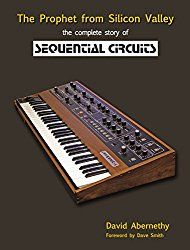



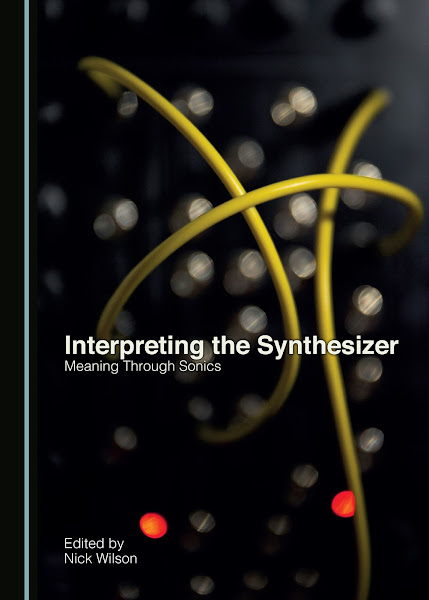
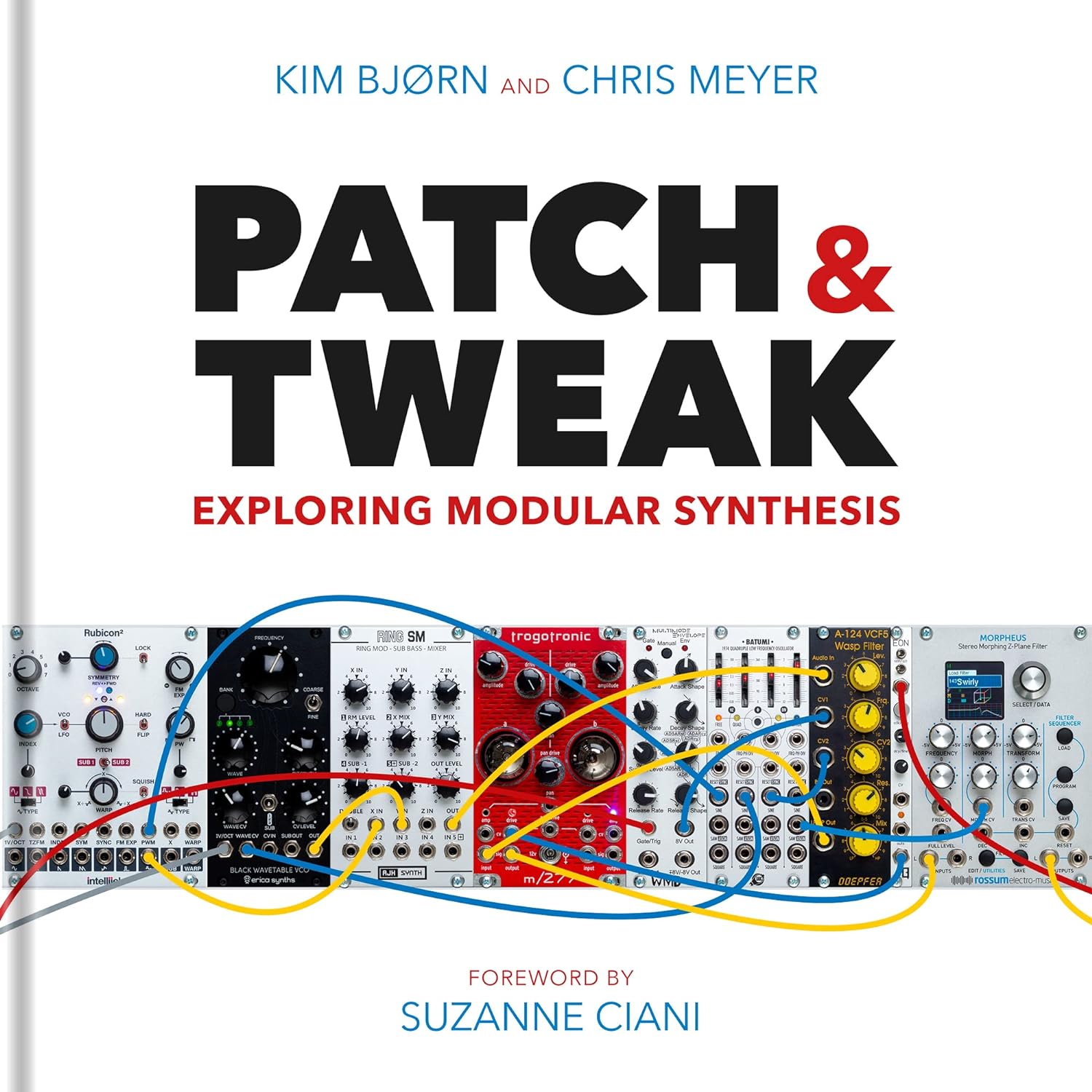

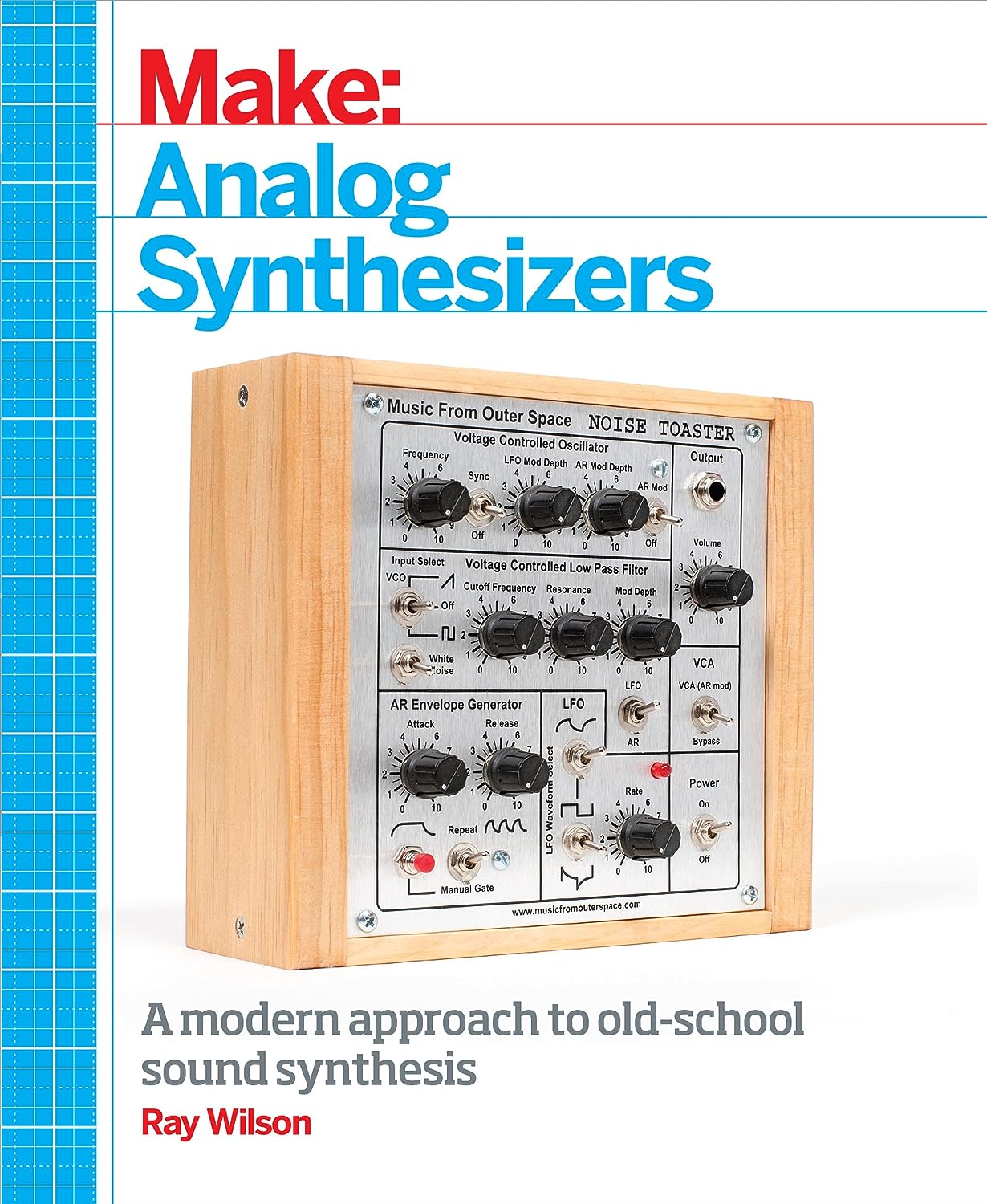

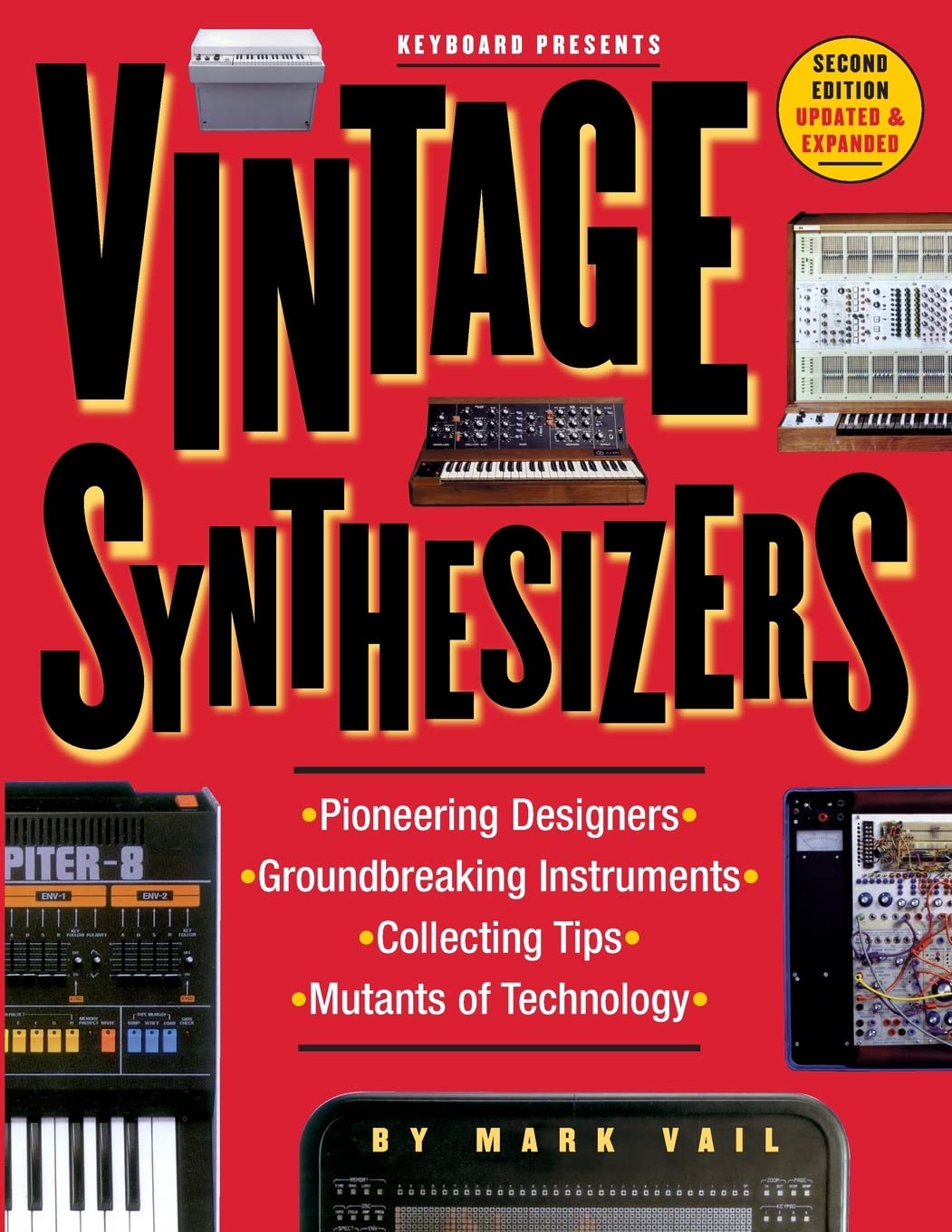
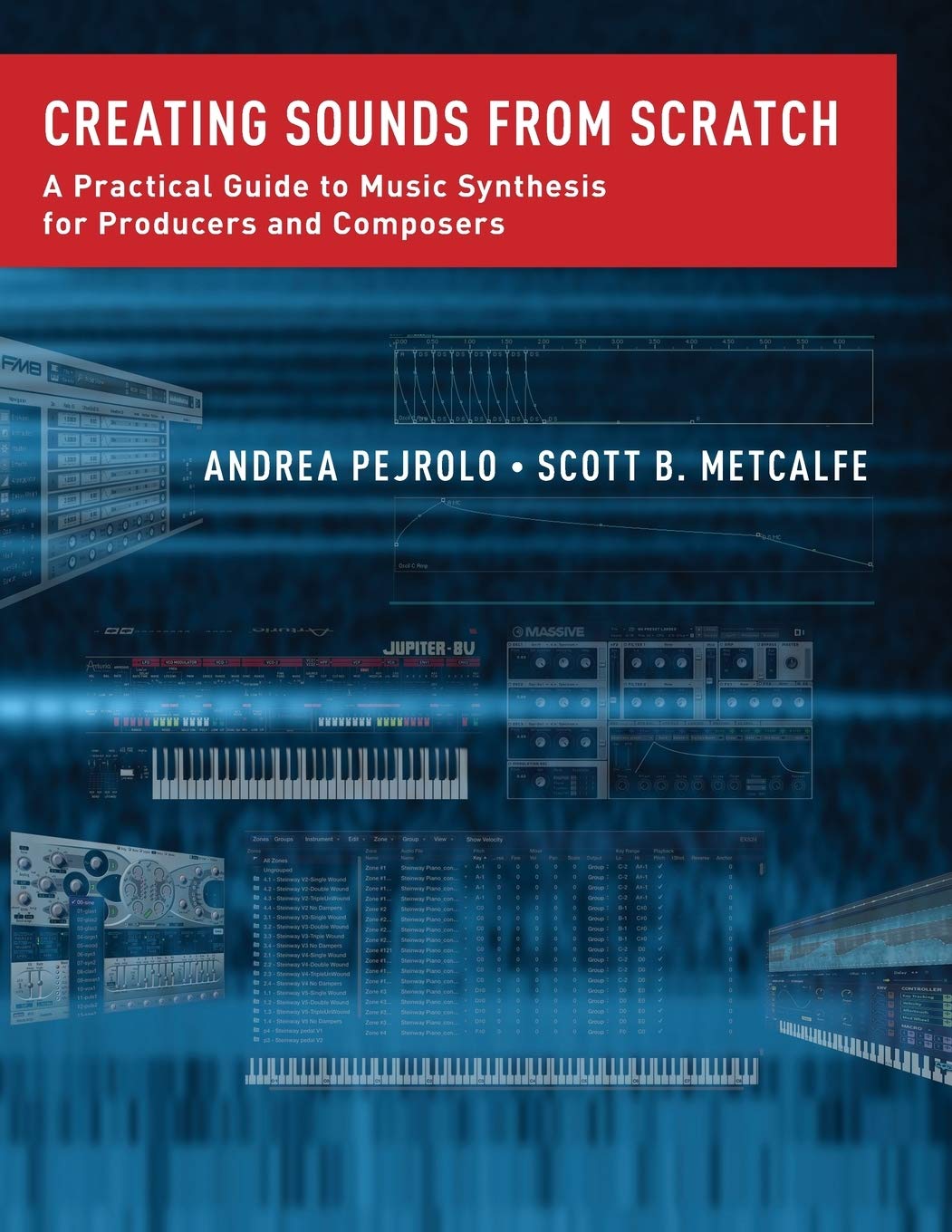
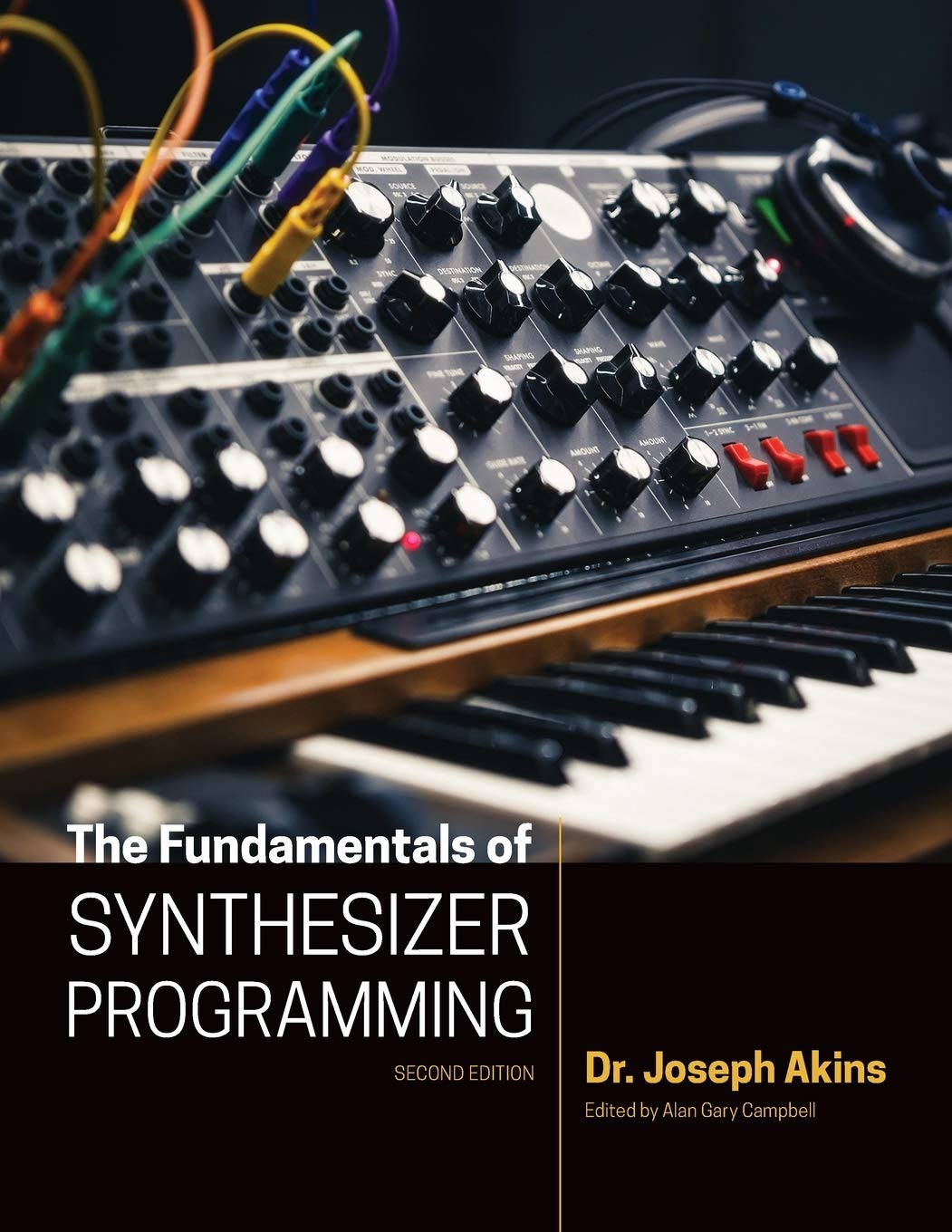

© Matrixsynth - All posts are presented here for informative, historical and educative purposes as applicable within fair use.
MATRIXSYNTH is supported by affiliate links that use cookies to track clickthroughs and sales. See the privacy policy for details.
MATRIXSYNTH - EVERYTHING SYNTH













© Matrixsynth - All posts are presented here for informative, historical and educative purposes as applicable within fair use.
MATRIXSYNTH is supported by affiliate links that use cookies to track clickthroughs and sales. See the privacy policy for details.
MATRIXSYNTH - EVERYTHING SYNTH















